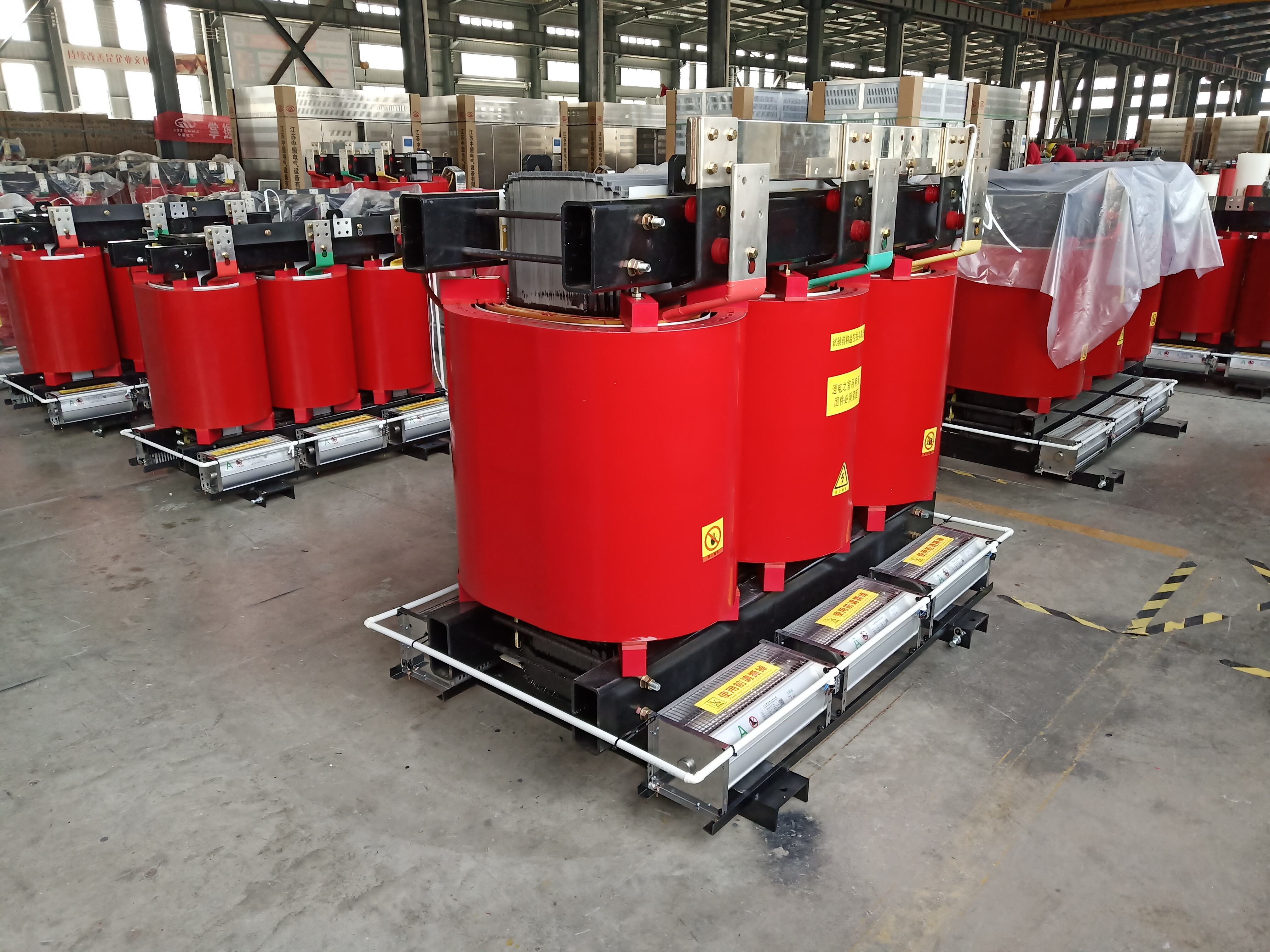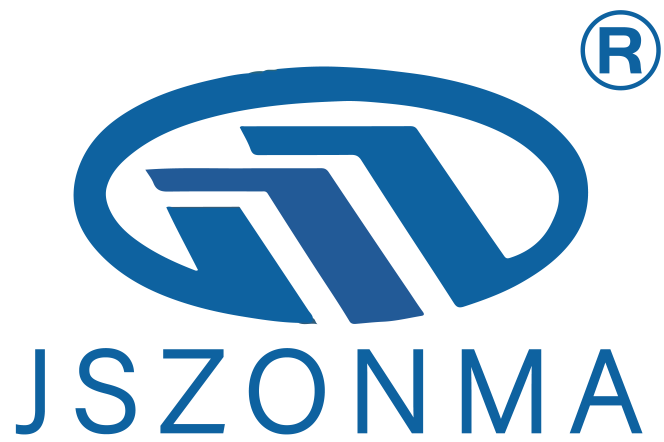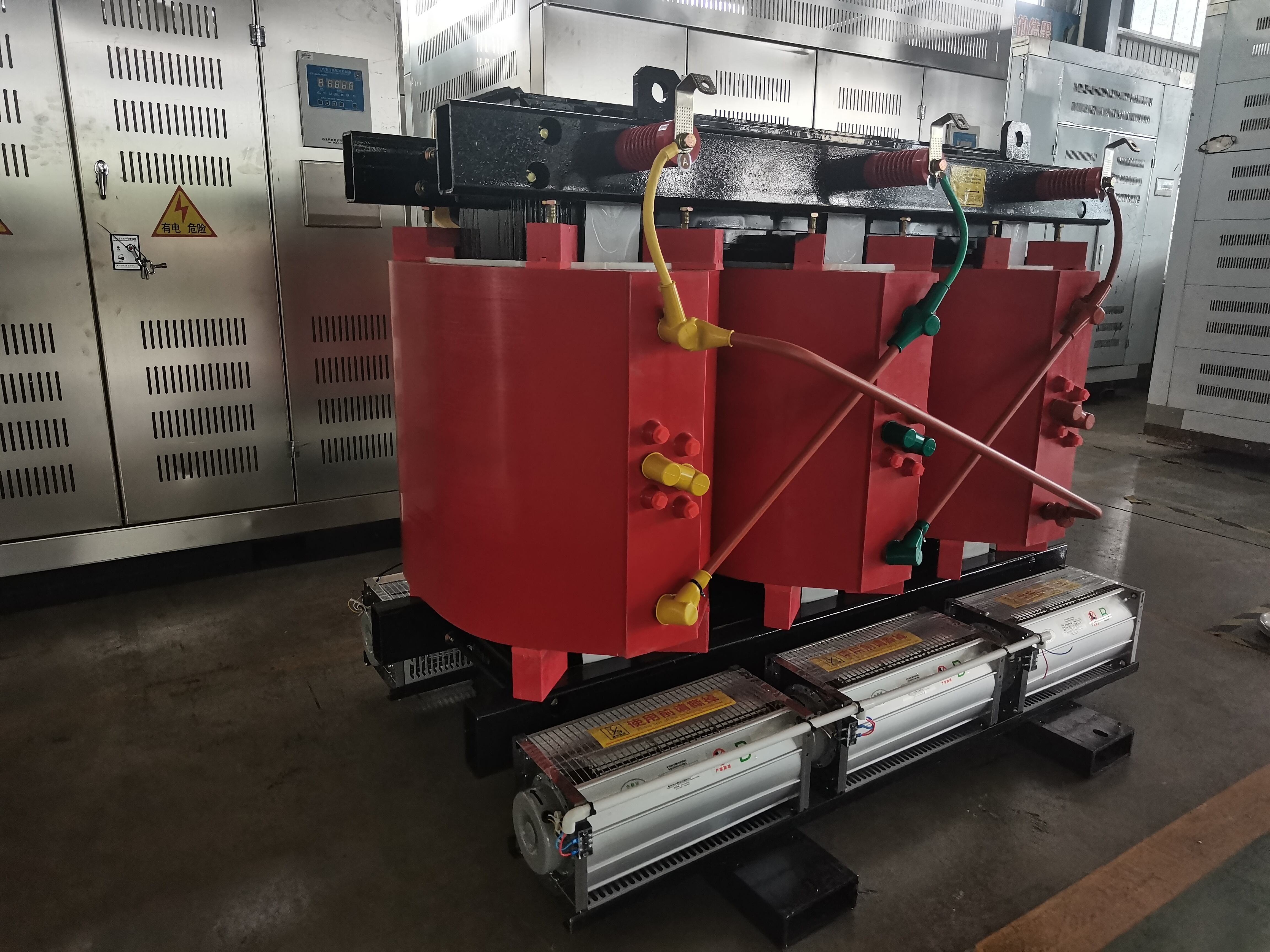How Are Dry-Type Transformers Used in Renewable Energy Systems
The transition to renewable energy is driving significant changes in electrical infrastructure. Solar farms, wind turbines, and other sustainable power installations require efficient, reliable, and safe electrical distribution equipment. Dry-type transformers have emerged as a key component in renewable energy systems due to their durability, low maintenance requirements, and environmental safety. Understanding their role, advantages, applications, and future trends is essential for engineers, installers, and decision-makers in the renewable energy sector.
Understanding Dry-Type Transformers
Dry-type transformers are electrical devices that transfer voltage and current between circuits without the use of liquid insulation or cooling. Instead, they rely on air for cooling and insulation, making them safer and more environmentally friendly compared to oil-filled transformers.
These transformers are typically constructed with cast resin or epoxy-coated windings, housed in ventilated enclosures that allow heat dissipation. Dry-type transformers can be designed for indoor or outdoor use, with varying capacities to suit small, medium, or large-scale renewable energy systems.
Importance of Transformers in Renewable Energy
Transformers are essential in renewable energy systems because they adjust voltage levels to match the requirements of the grid, storage systems, or local consumption. In solar and wind installations, generated electricity often needs to be stepped up or down to ensure compatibility with transmission lines or end-use equipment.
The reliability and efficiency of transformers directly impact the performance of renewable energy systems. Any failure or inefficiency can result in energy loss, increased maintenance costs, or safety hazards. Dry-type transformers offer several advantages in this context due to their robust design and low environmental risk.
Applications of Dry-Type Transformers in Renewable Energy
Solar Power Systems
In solar photovoltaic (PV) systems, dry-type transformers step up the low voltage generated by solar panels to higher voltage levels suitable for grid integration. They are often installed near inverters and are used in both utility-scale solar farms and distributed rooftop installations.
Wind Energy Systems
Wind turbines generate electricity at varying voltages depending on turbine design. Dry-type transformers are used to step up the generated voltage to match grid requirements. Their air-cooled design makes them suitable for installation near turbine towers or in wind farm substations.
Energy Storage Systems
Battery energy storage systems (BESS) often require transformers to manage charging and discharging voltages. Dry-type transformers provide safe and reliable voltage regulation, ensuring efficient energy storage and retrieval without the risk of fire associated with oil-filled transformers.
Hybrid Renewable Systems
In hybrid systems that combine solar, wind, and other renewable sources, dry-type transformers facilitate voltage coordination and distribution. They ensure that electricity from multiple sources is compatible with the grid or local consumption.
Microgrids
Microgrids benefit from dry-type transformers due to their compact design and safety features. These transformers enable voltage control in localized renewable energy networks, supporting community-based energy solutions.
Advantages of Dry-Type Transformers in Renewable Energy
Safety and Environmental Benefits
Dry-type transformers do not use oil or other flammable liquids, reducing the risk of fire and environmental contamination. This makes them ideal for installation in sensitive areas or indoor facilities.
Low Maintenance
The air-cooled design of dry-type transformers eliminates the need for regular oil checks, leak prevention, or fire suppression systems. Maintenance is simpler and less costly compared to oil-filled transformers.
High Reliability
These transformers are highly durable and resistant to moisture, dust, and contaminants. They perform reliably in diverse environmental conditions, including humid, coastal, or industrial areas.
Compact Design
Dry-type transformers are often more compact than oil-filled transformers, making them easier to install in constrained spaces such as rooftop solar installations or urban substations.
Energy Efficiency
Modern dry-type transformers are designed to minimize energy losses during voltage conversion, enhancing the overall efficiency of renewable energy systems.
Noise Reduction
Dry-type transformers typically operate more quietly than oil-filled transformers, making them suitable for residential or community-based renewable installations where noise pollution is a concern.

Installation Considerations
When integrating dry-type transformers into renewable energy systems, several factors must be considered. The transformer should match the voltage and capacity requirements of the system. Proper ventilation is essential to ensure heat dissipation, and placement should minimize exposure to extreme environmental conditions.
In large-scale solar or wind farms, transformers may be installed in weatherproof enclosures to protect against dust, rain, and temperature fluctuations. Connections should comply with local electrical codes, and safety clearances must be maintained to prevent electrical hazards.
Design Features for Renewable Energy Applications
Dry-type transformers for renewable energy systems often include design features that enhance performance and safety.
Cast Resin Windings
Cast resin windings improve insulation, reduce moisture absorption, and increase fire resistance. This design is especially beneficial in outdoor or high-humidity environments.
Ventilation Systems
Forced or natural air ventilation ensures efficient cooling and prevents overheating during high-load operation. Ventilation can be passive, through louvers and natural convection, or active with fans and air channels.
Compact and Modular Construction
Many dry-type transformers are designed with modular components, making it easier to scale capacity or replace sections as needed. Modular construction also simplifies transportation and installation.
Corrosion-Resistant Materials
For installations in coastal or industrial areas, transformers may feature corrosion-resistant coatings and materials to ensure longevity and reliability.
Maintenance and Longevity
Proper maintenance is crucial to maximize the lifespan of dry-type transformers. Regular inspections should check for dust accumulation, loose connections, and signs of wear or overheating.
Cleaning with compressed air or dry cloths helps maintain ventilation and prevent heat buildup. Temperature monitoring systems can alert operators to unusual conditions, allowing timely intervention. When installed and maintained properly, dry-type transformers can provide decades of reliable service in renewable energy applications.
Economic Considerations
While dry-type transformers may have a higher initial cost compared to some oil-filled alternatives, their long-term benefits often outweigh the upfront investment. Lower maintenance costs, reduced environmental compliance expenses, and increased safety contribute to overall cost-effectiveness.
Additionally, their energy efficiency helps maximize the output of renewable energy systems, providing higher returns on investment over time.
Future Trends in Dry-Type Transformers for Renewable Energy
The renewable energy sector is driving innovation in transformer technology. Dry-type transformers are evolving with higher efficiency designs, advanced monitoring systems, and integration with smart grids.
Emerging trends include the use of eco-friendly materials, enhanced thermal management, and lightweight designs that simplify transportation and installation. Integration with digital monitoring allows real-time performance tracking, predictive maintenance, and better grid management.
Renewable energy systems are also moving toward decentralized models, where dry-type transformers play a critical role in microgrids, community solar projects, and hybrid installations. Their safety, reliability, and adaptability make them ideal for these emerging energy solutions.
Conclusion
Dry-type transformers are essential components in renewable energy systems, providing safe, reliable, and efficient voltage conversion. Their air-cooled design eliminates the need for flammable liquids, reduces maintenance, and ensures long-term durability. Applications range from solar farms and wind turbines to battery storage systems and microgrids.
The integration of advanced design features, such as cast resin windings, modular construction, and corrosion-resistant materials, enhances performance and longevity. As the renewable energy sector continues to grow, dry-type transformers will remain a critical element, supporting safe, sustainable, and efficient power distribution.
FAQ
What are dry-type transformers?
Dry-type transformers are electrical devices that transfer voltage between circuits without using liquid insulation, relying on air for cooling and insulation.
Why are dry-type transformers used in renewable energy systems?
They provide safe, efficient, and reliable voltage conversion, reduce maintenance needs, and eliminate fire risks associated with oil-filled transformers.
Can dry-type transformers be used outdoors?
Yes, many dry-type transformers are designed for outdoor installation with weatherproof enclosures, corrosion-resistant materials, and proper ventilation.
How do dry-type transformers improve energy efficiency?
Modern designs minimize energy losses during voltage conversion, enhancing the overall efficiency of renewable energy systems.
What maintenance is required for dry-type transformers?
Regular inspections, dust removal, temperature monitoring, and checking for loose connections help maintain performance and extend transformer lifespan.
Table of Contents
- How Are Dry-Type Transformers Used in Renewable Energy Systems
- Understanding Dry-Type Transformers
- Importance of Transformers in Renewable Energy
- Applications of Dry-Type Transformers in Renewable Energy
- Advantages of Dry-Type Transformers in Renewable Energy
- Installation Considerations
- Design Features for Renewable Energy Applications
- Maintenance and Longevity
- Economic Considerations
- Future Trends in Dry-Type Transformers for Renewable Energy
- Conclusion
- FAQ

